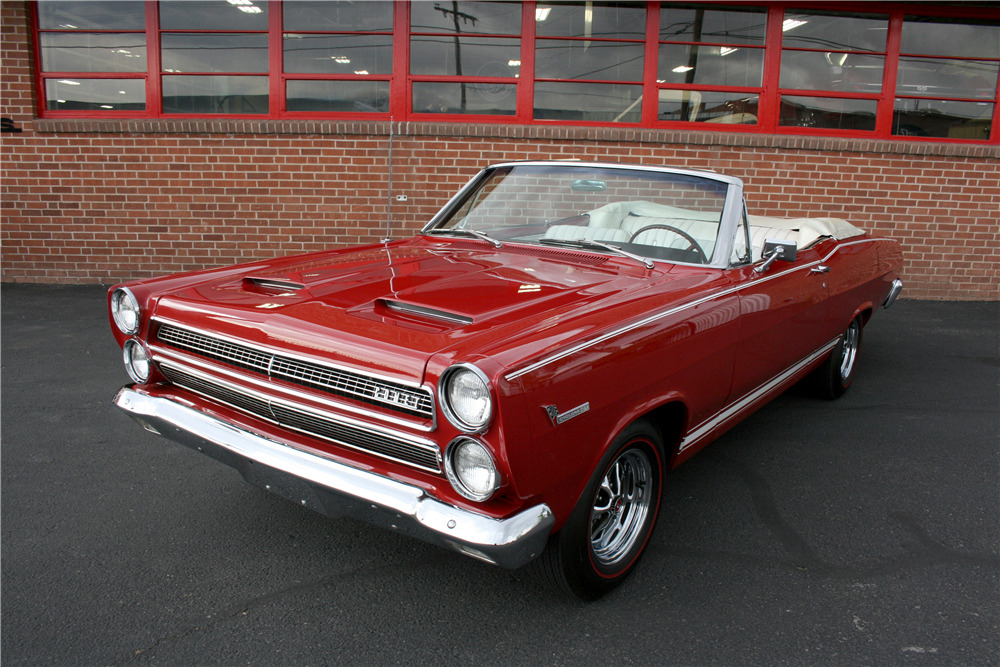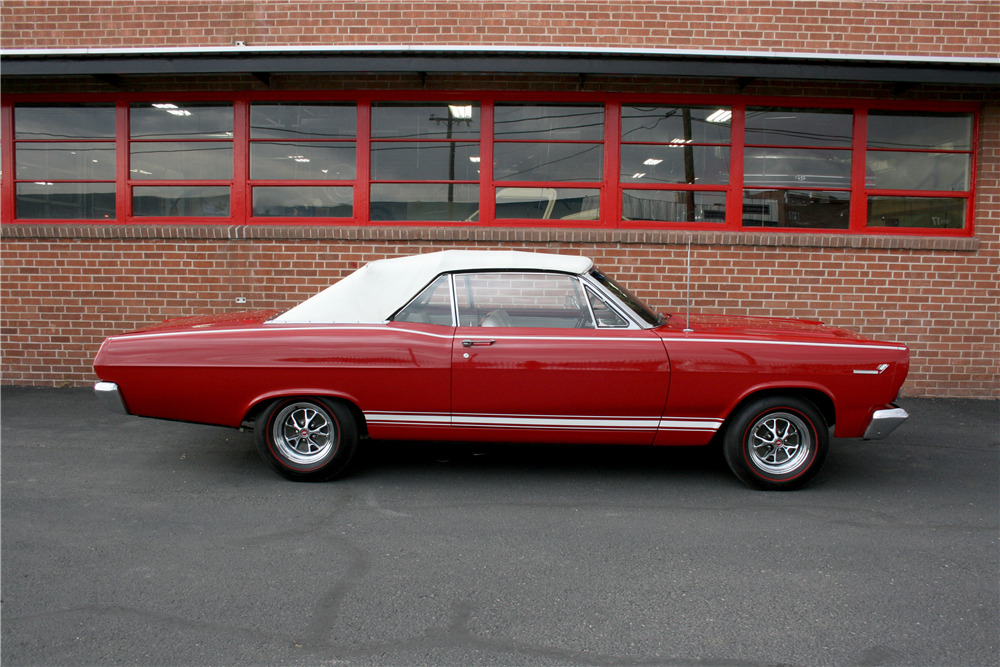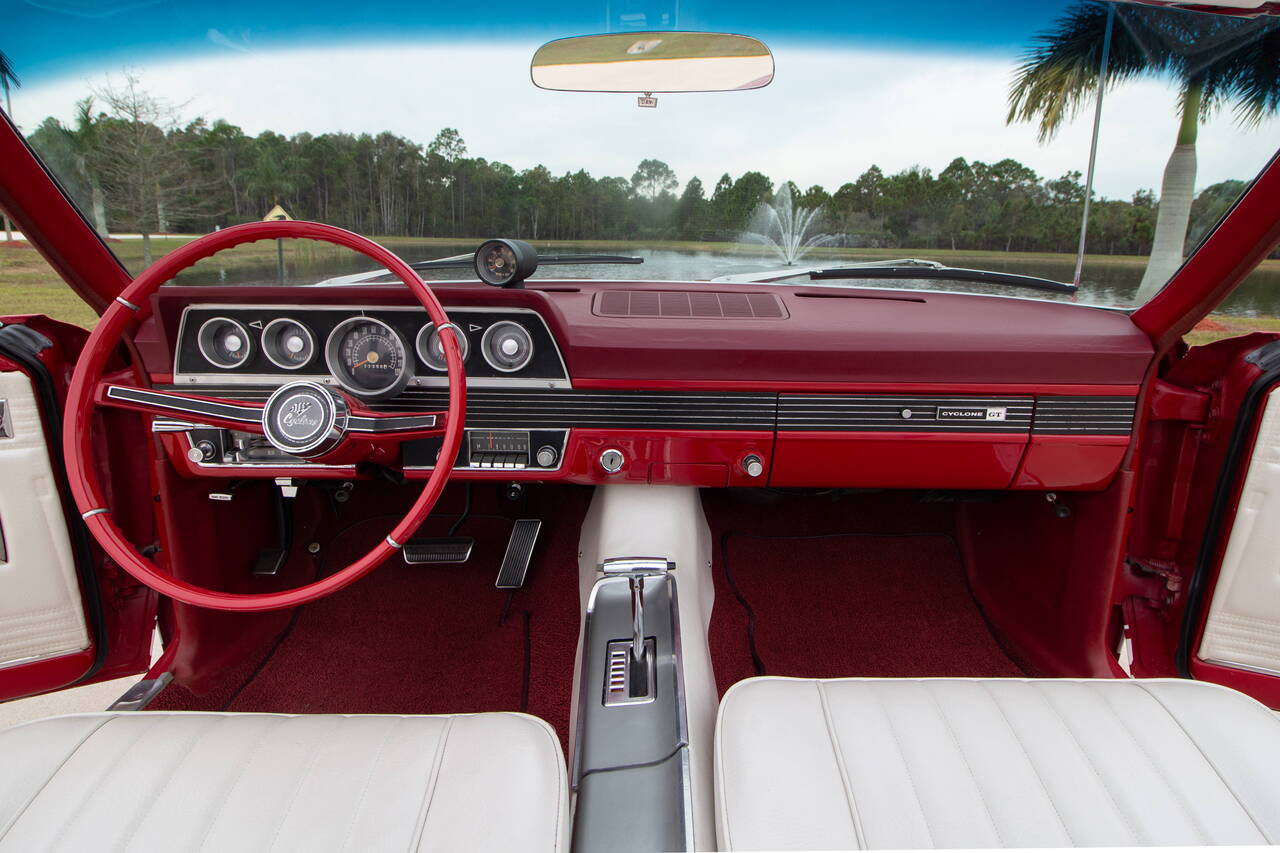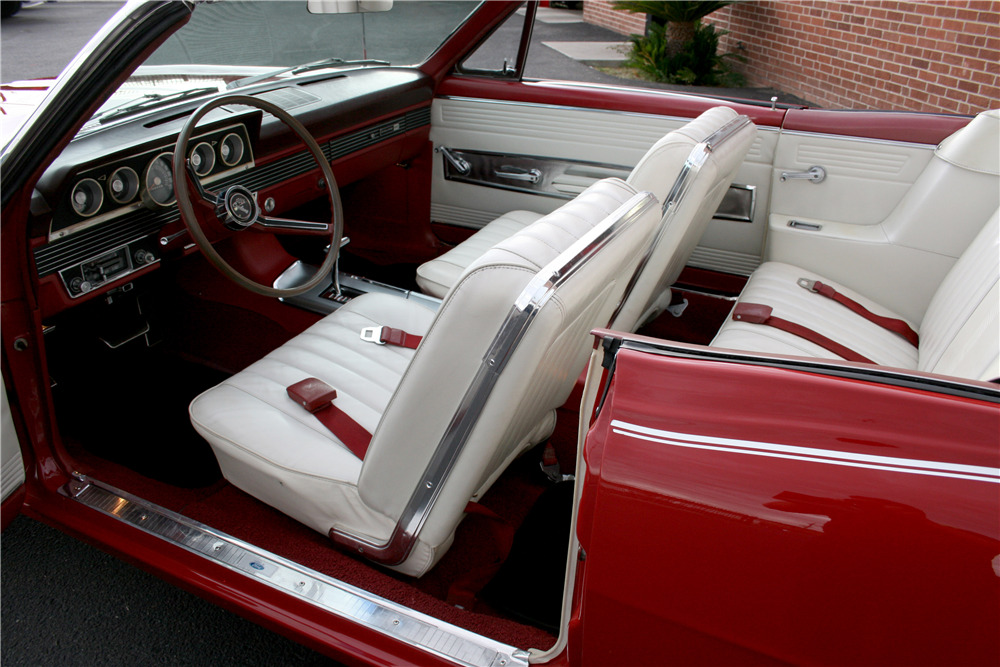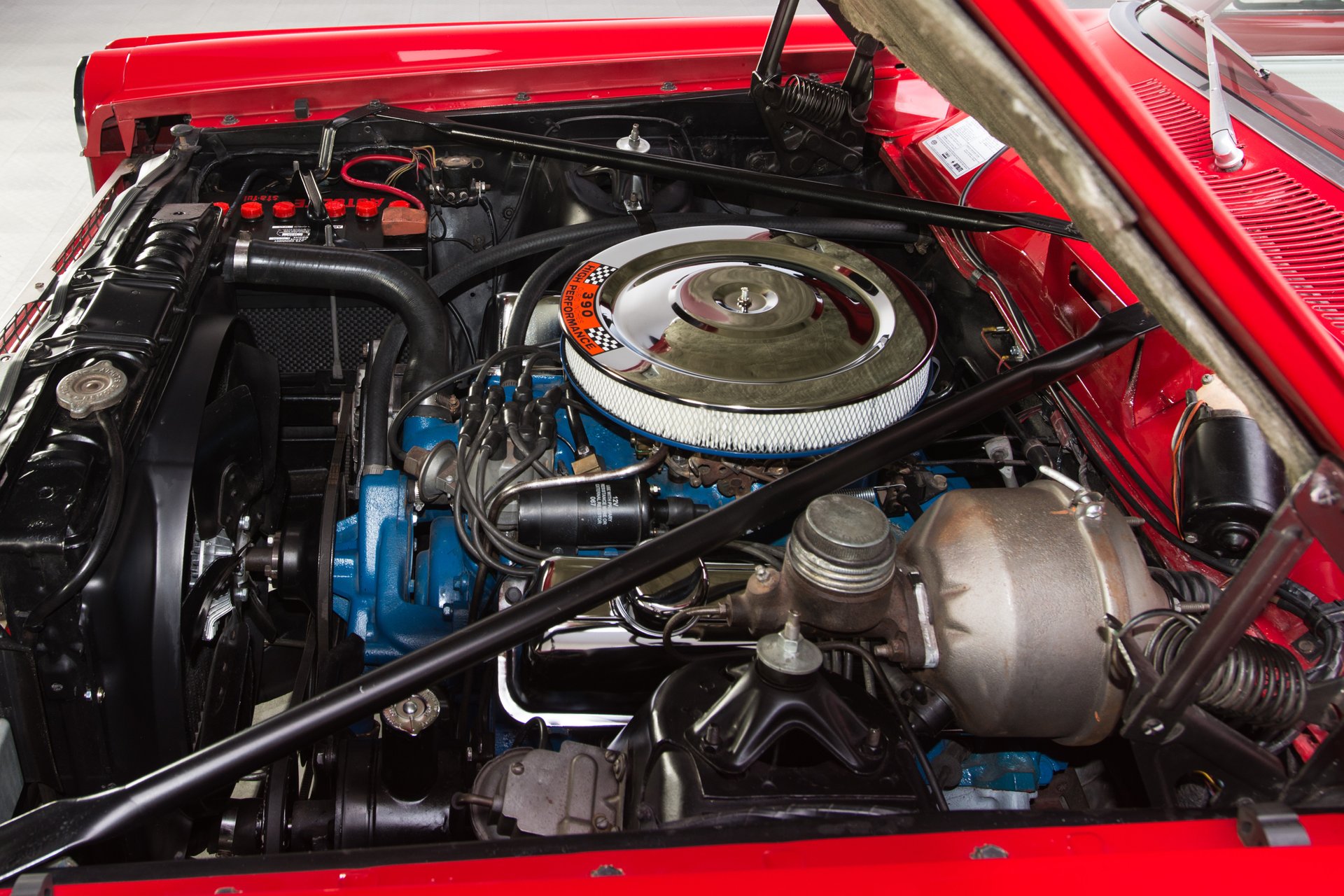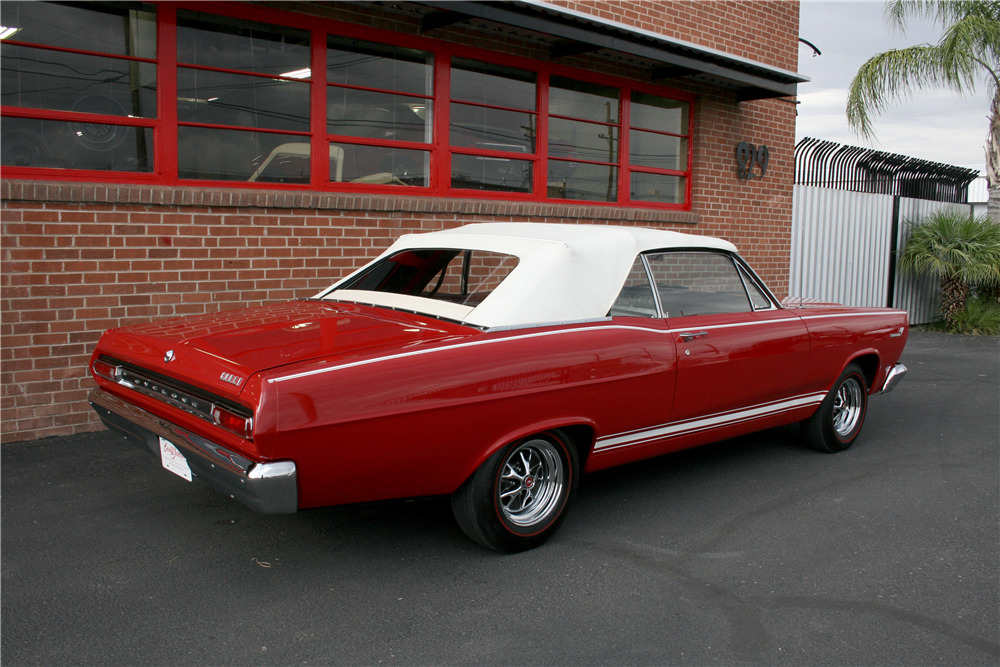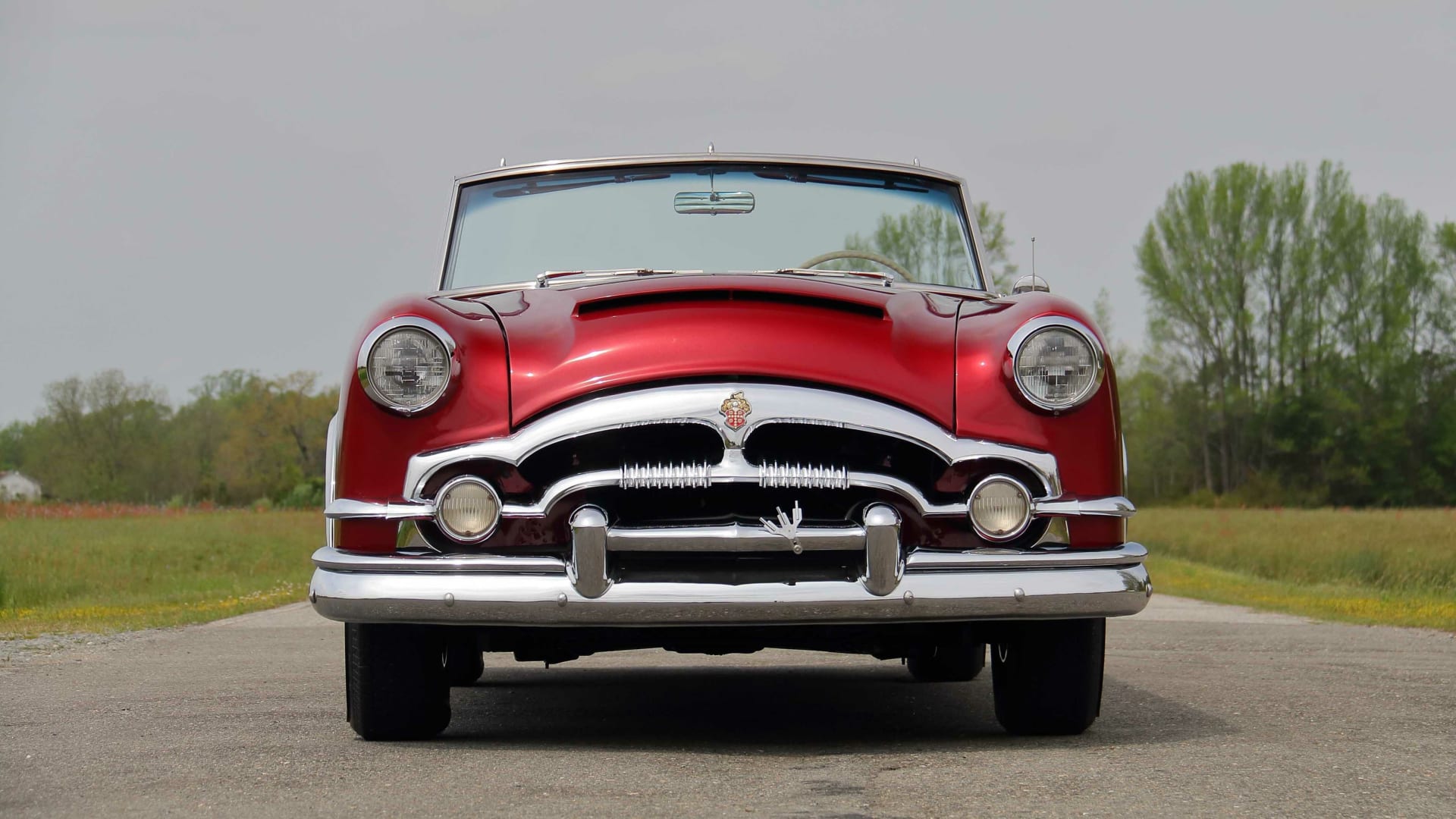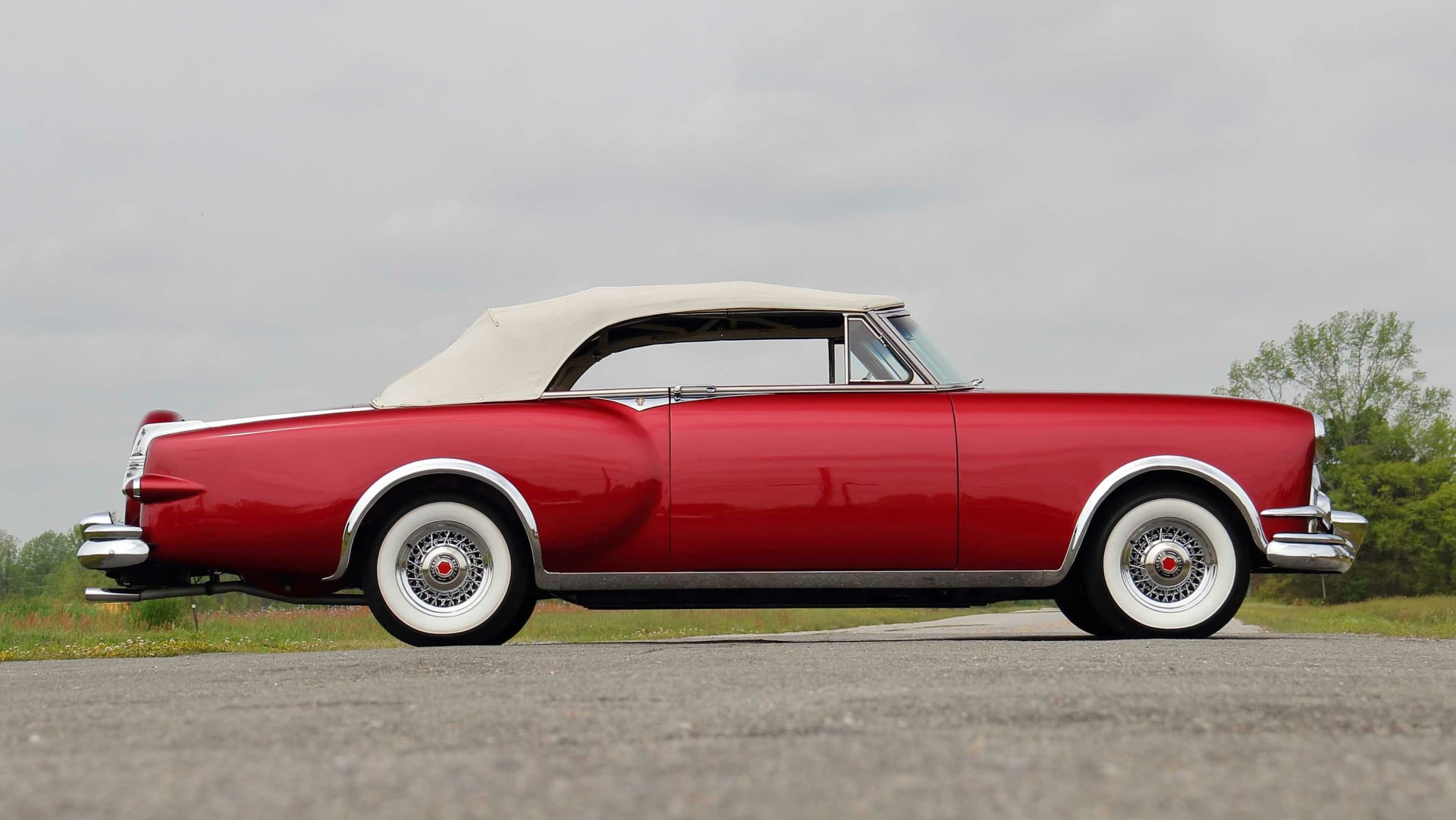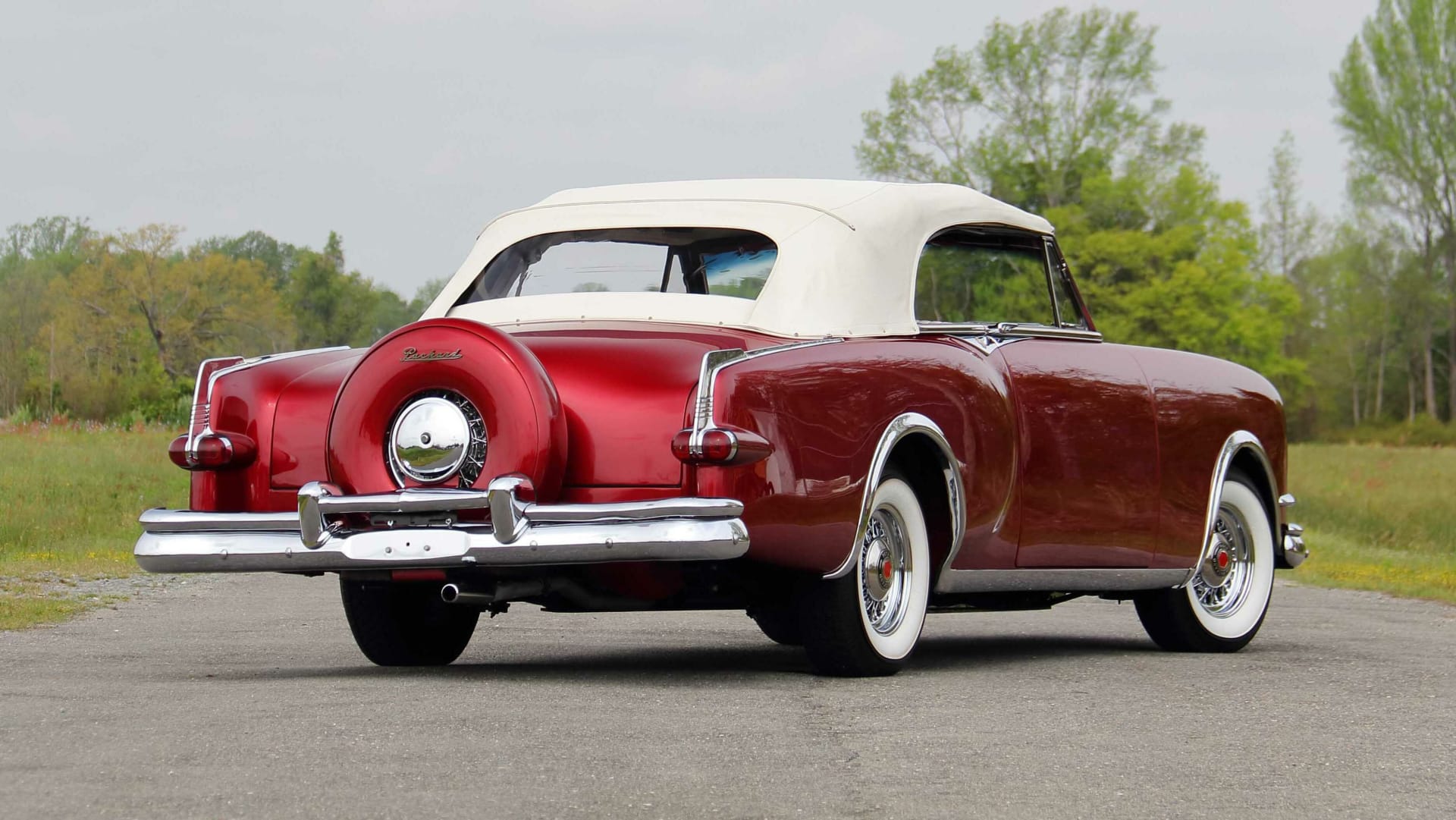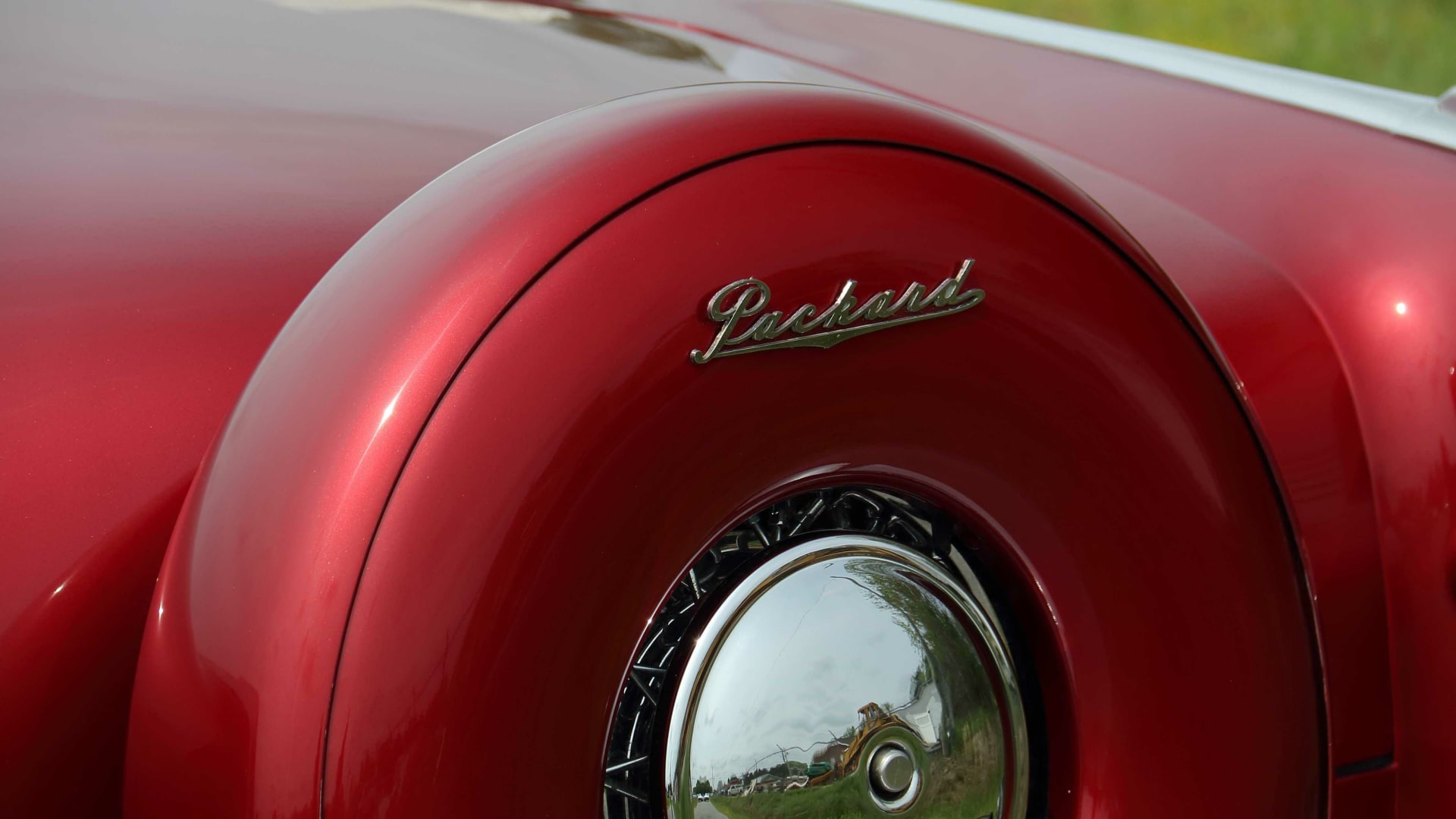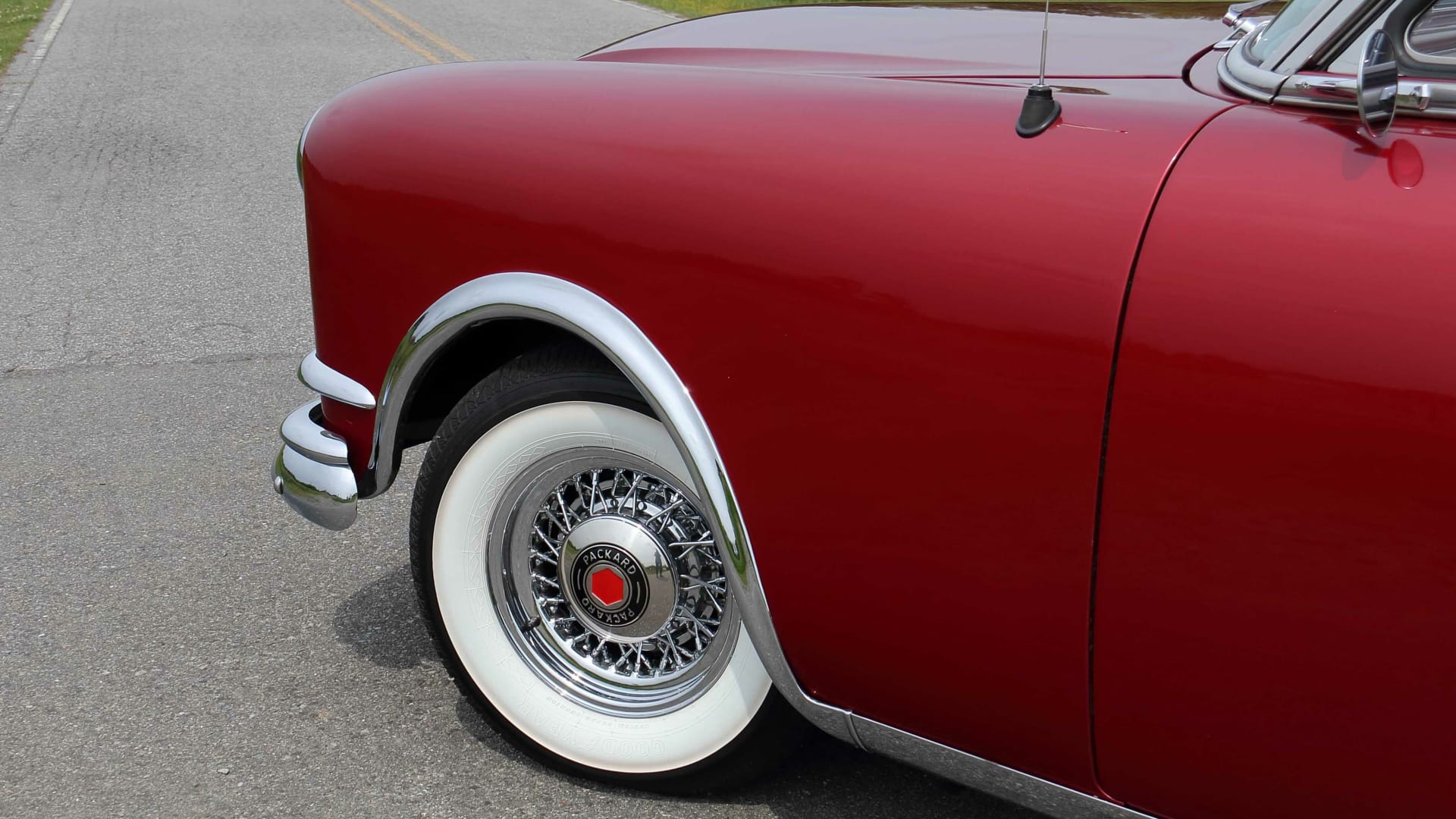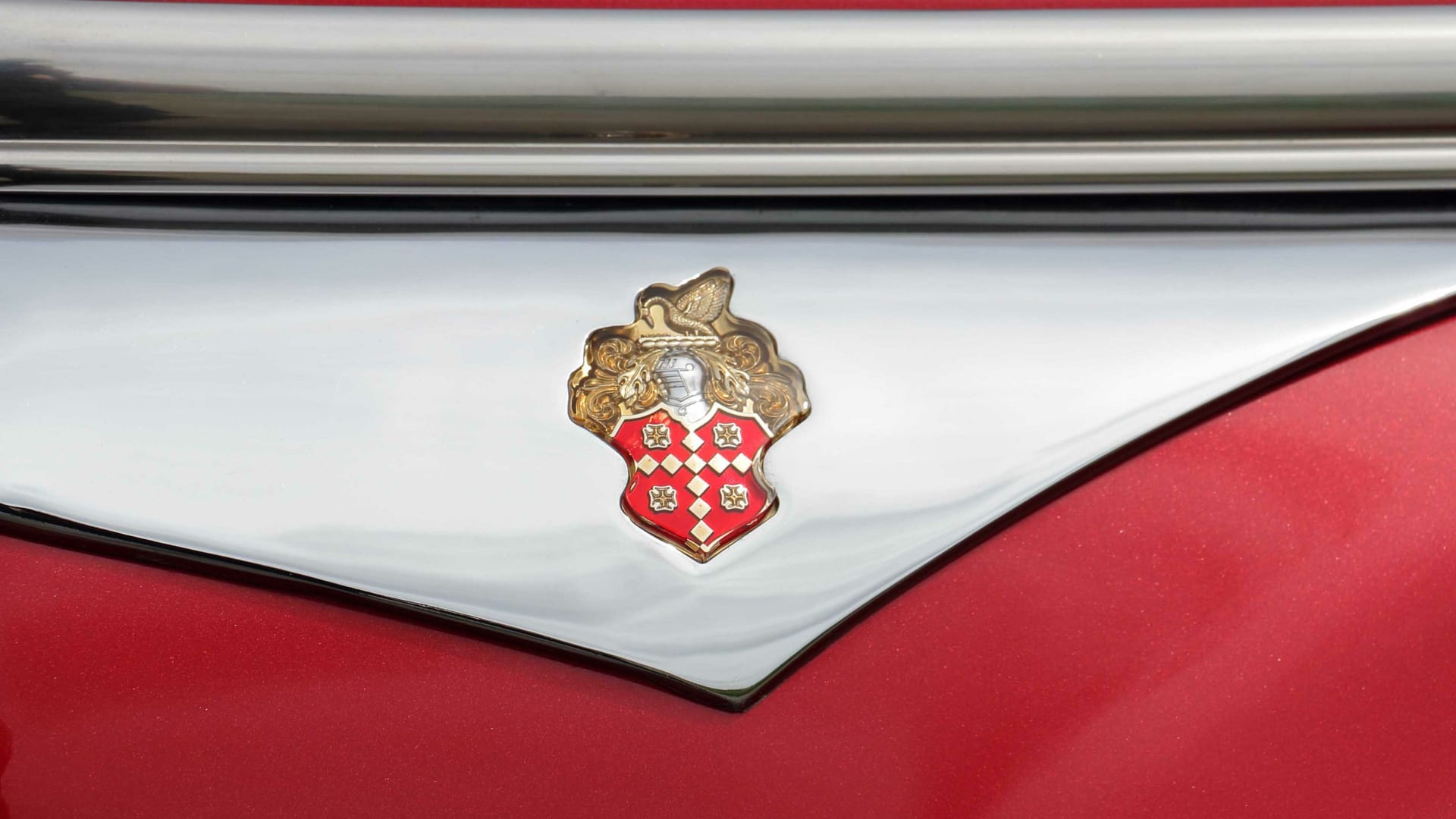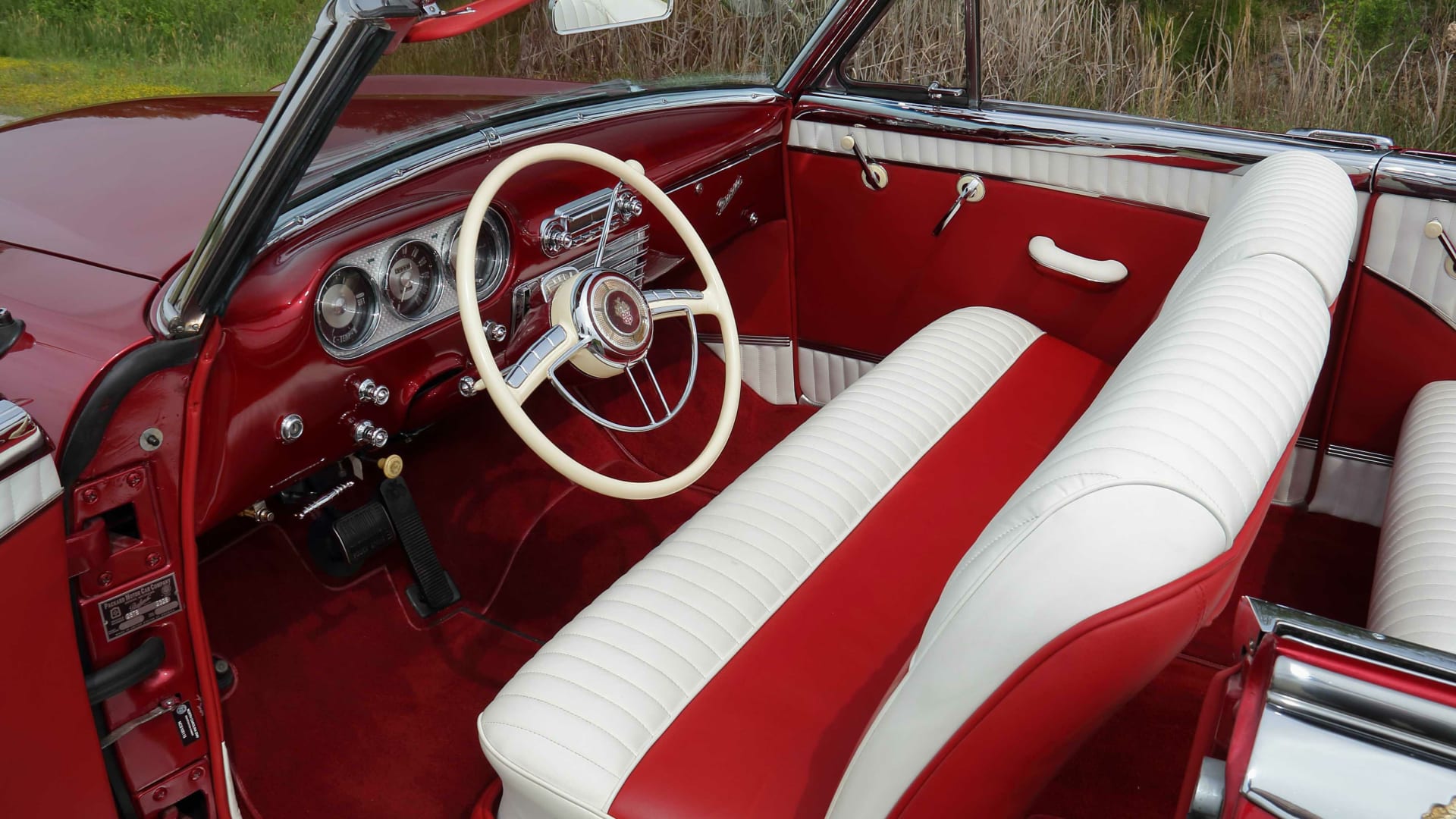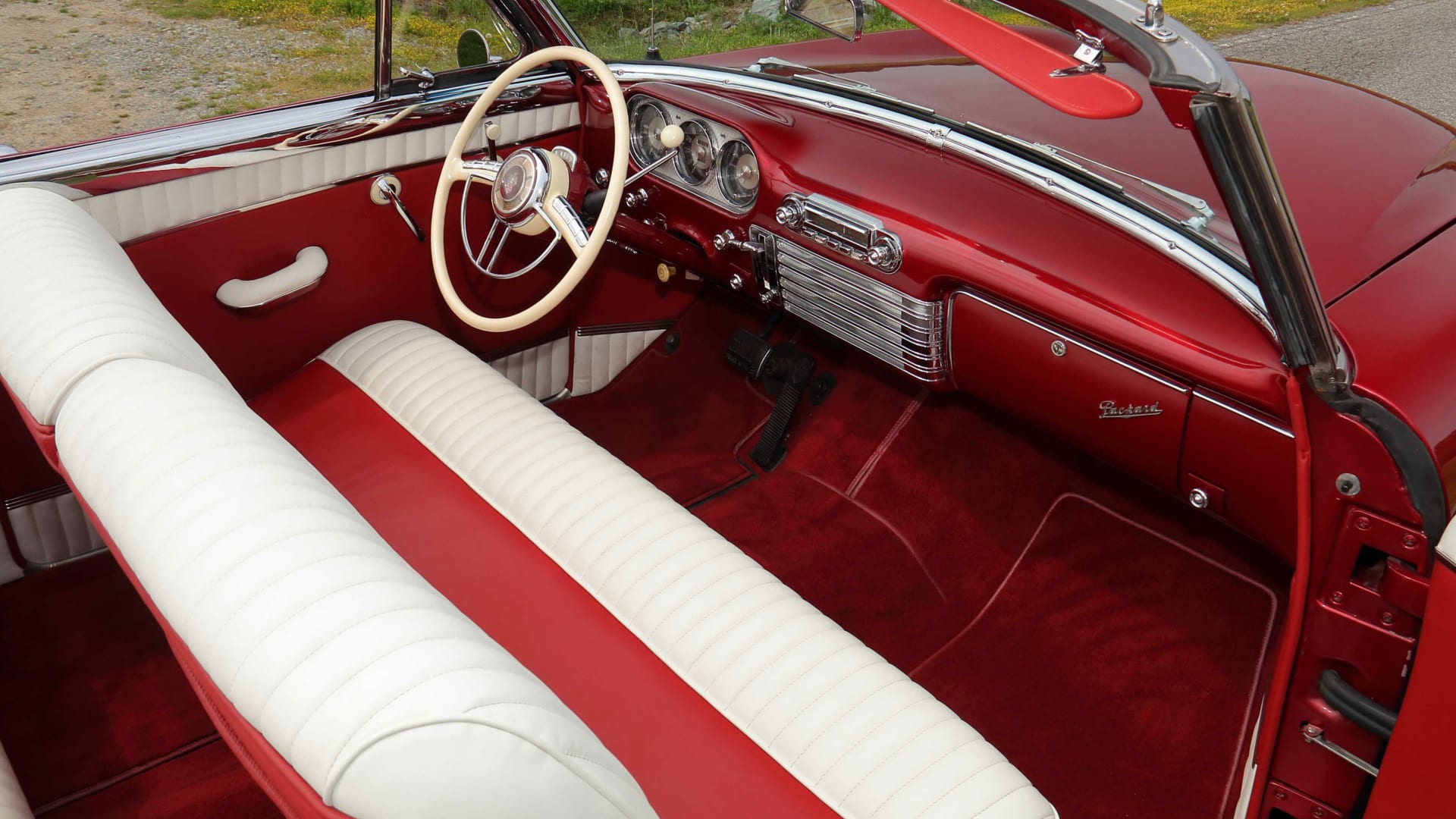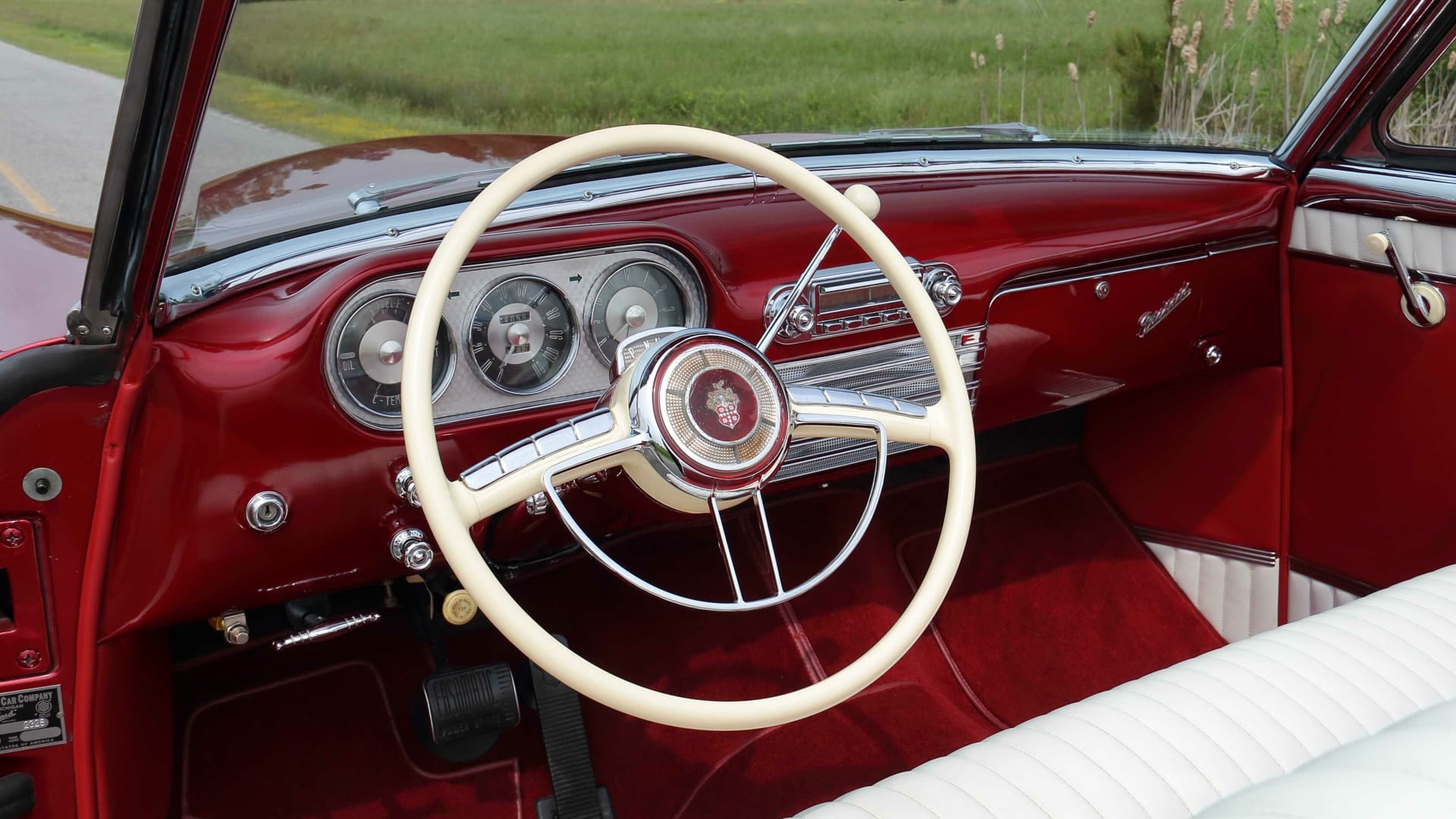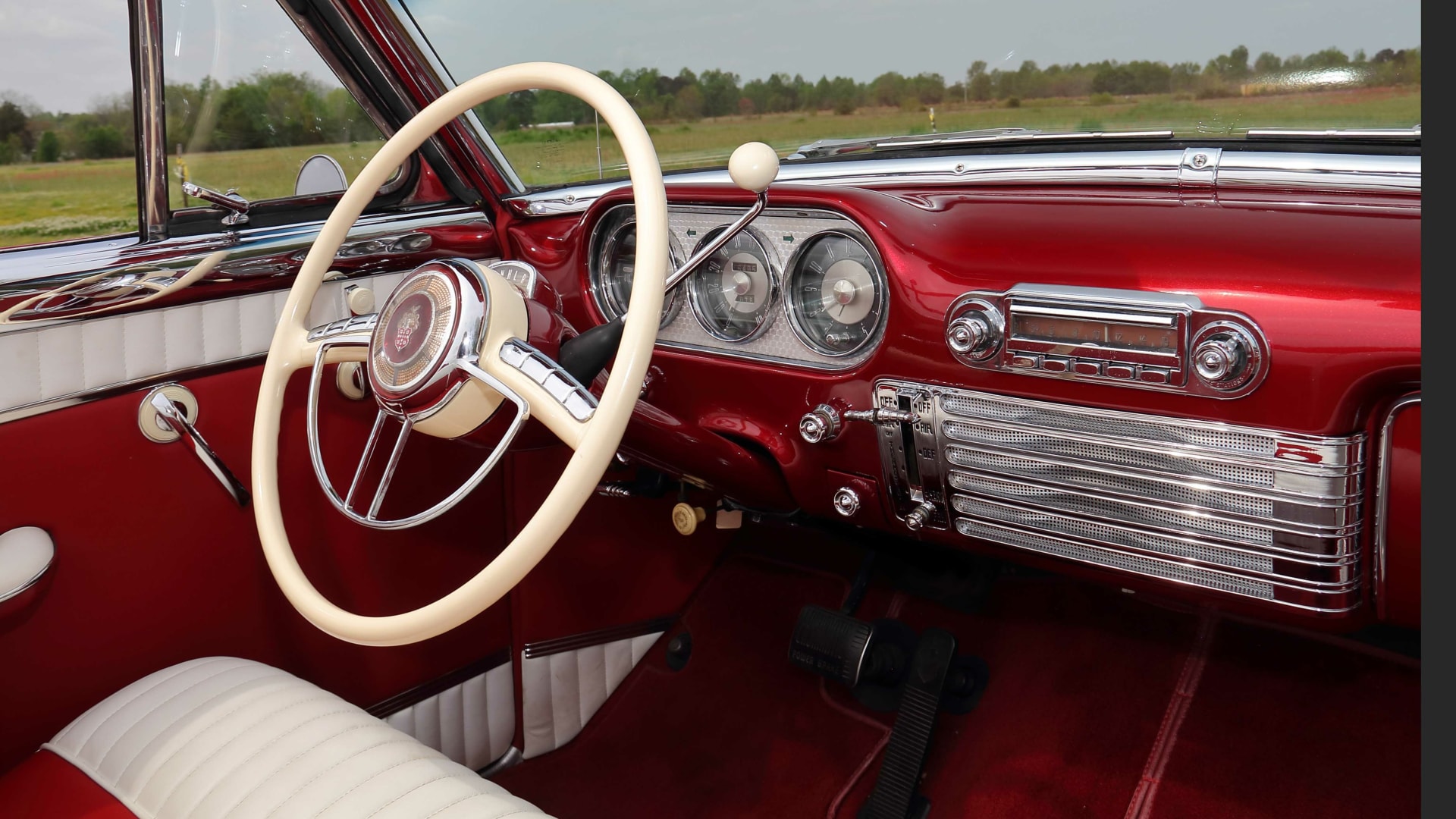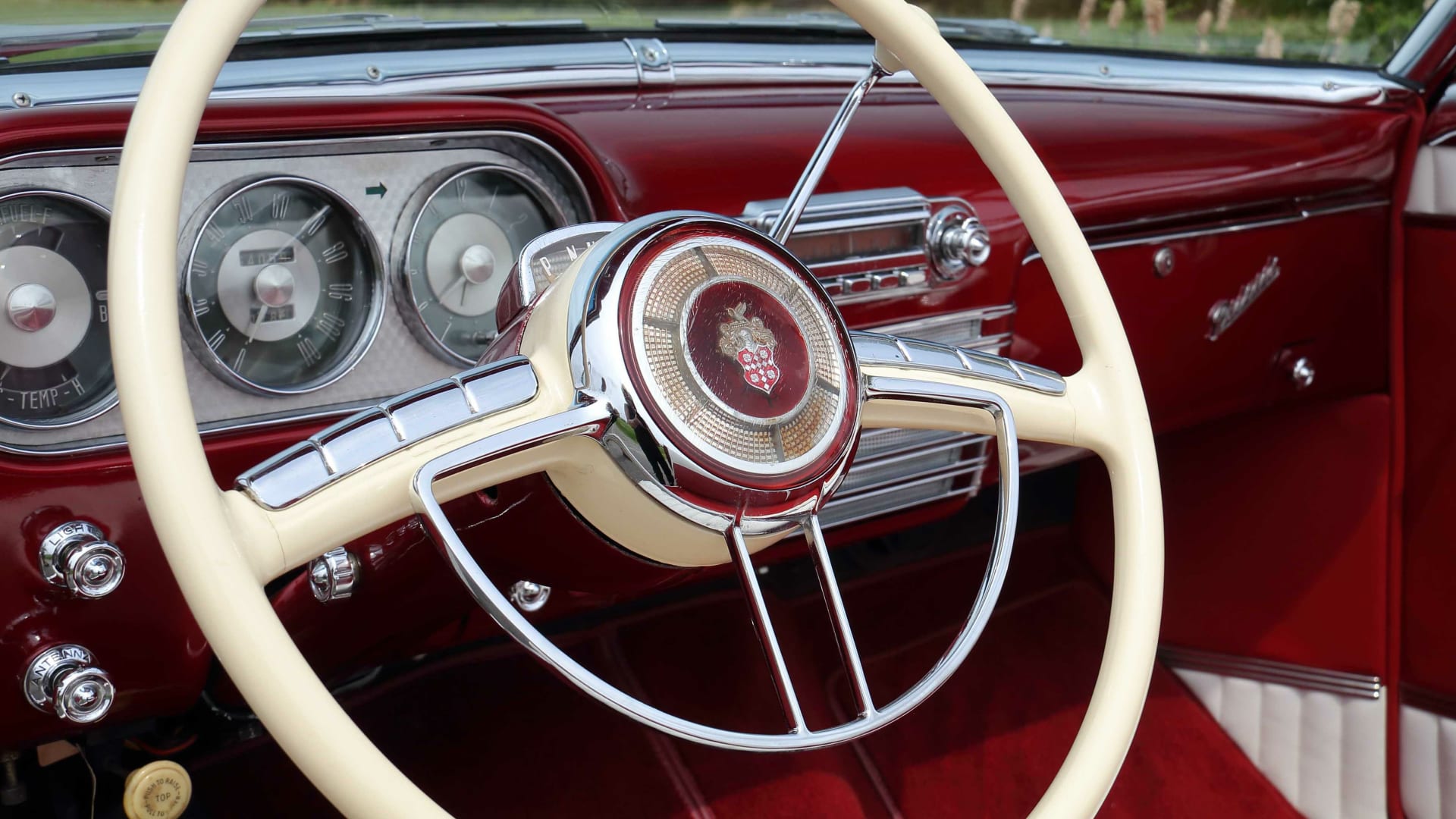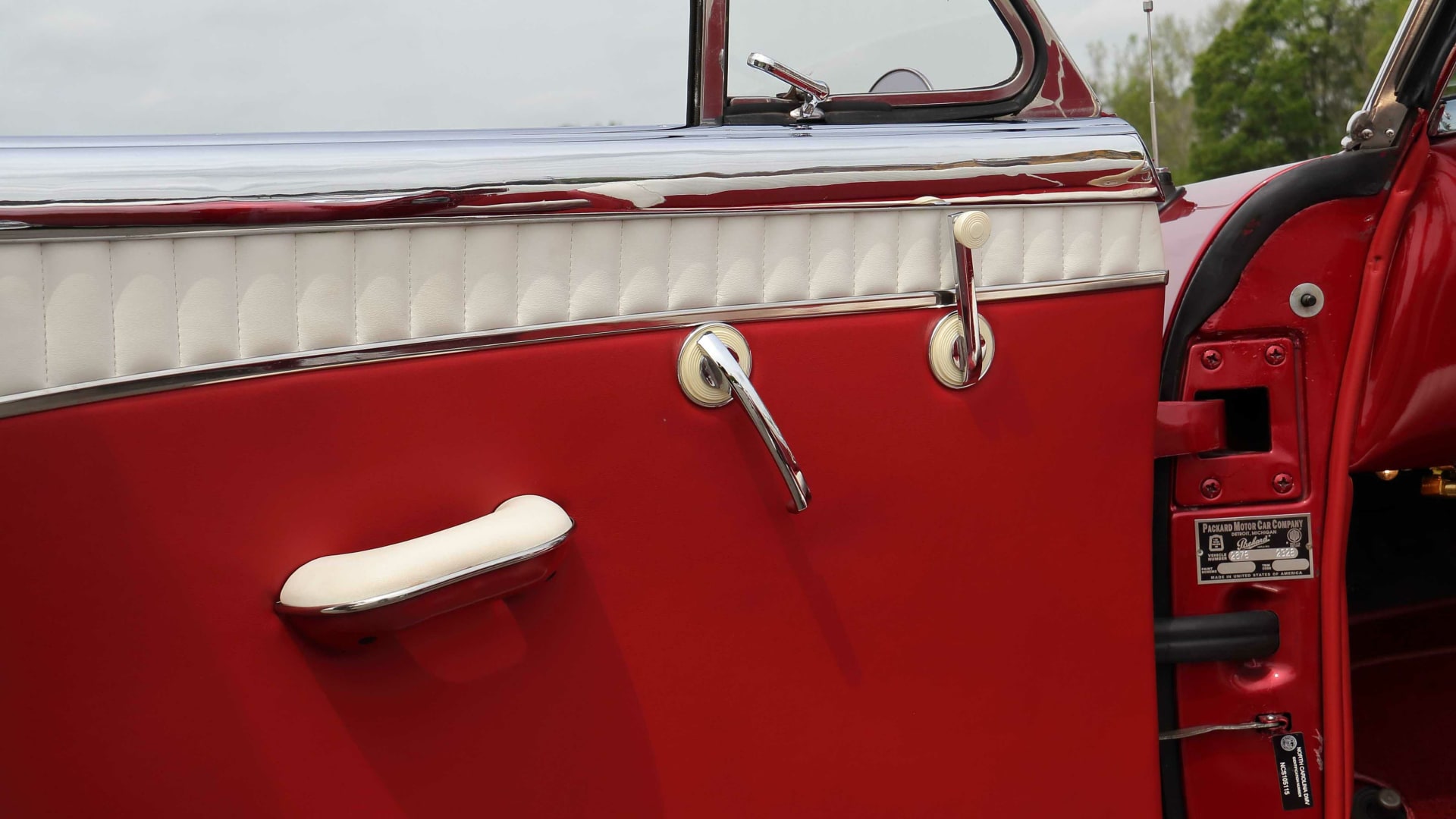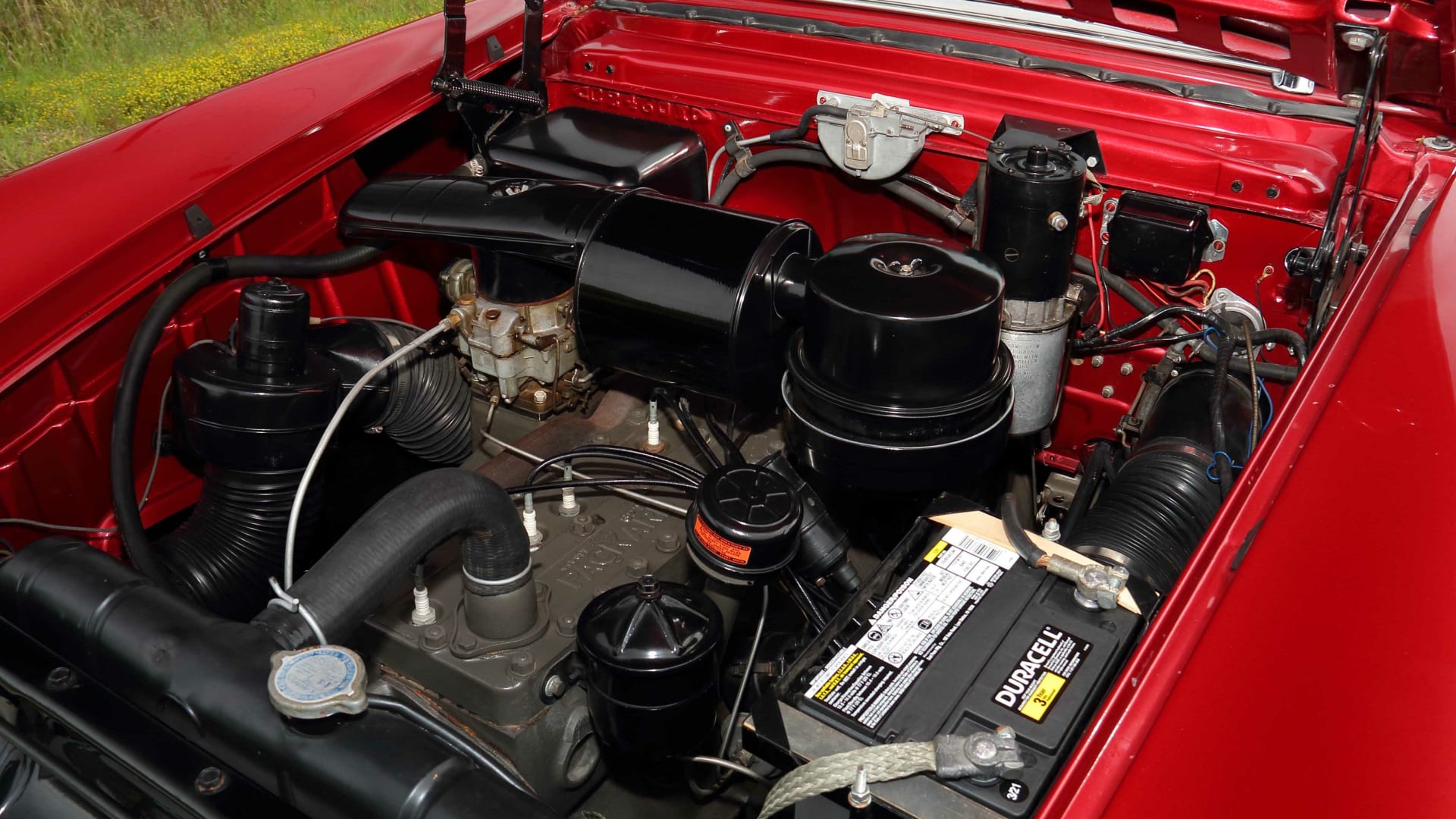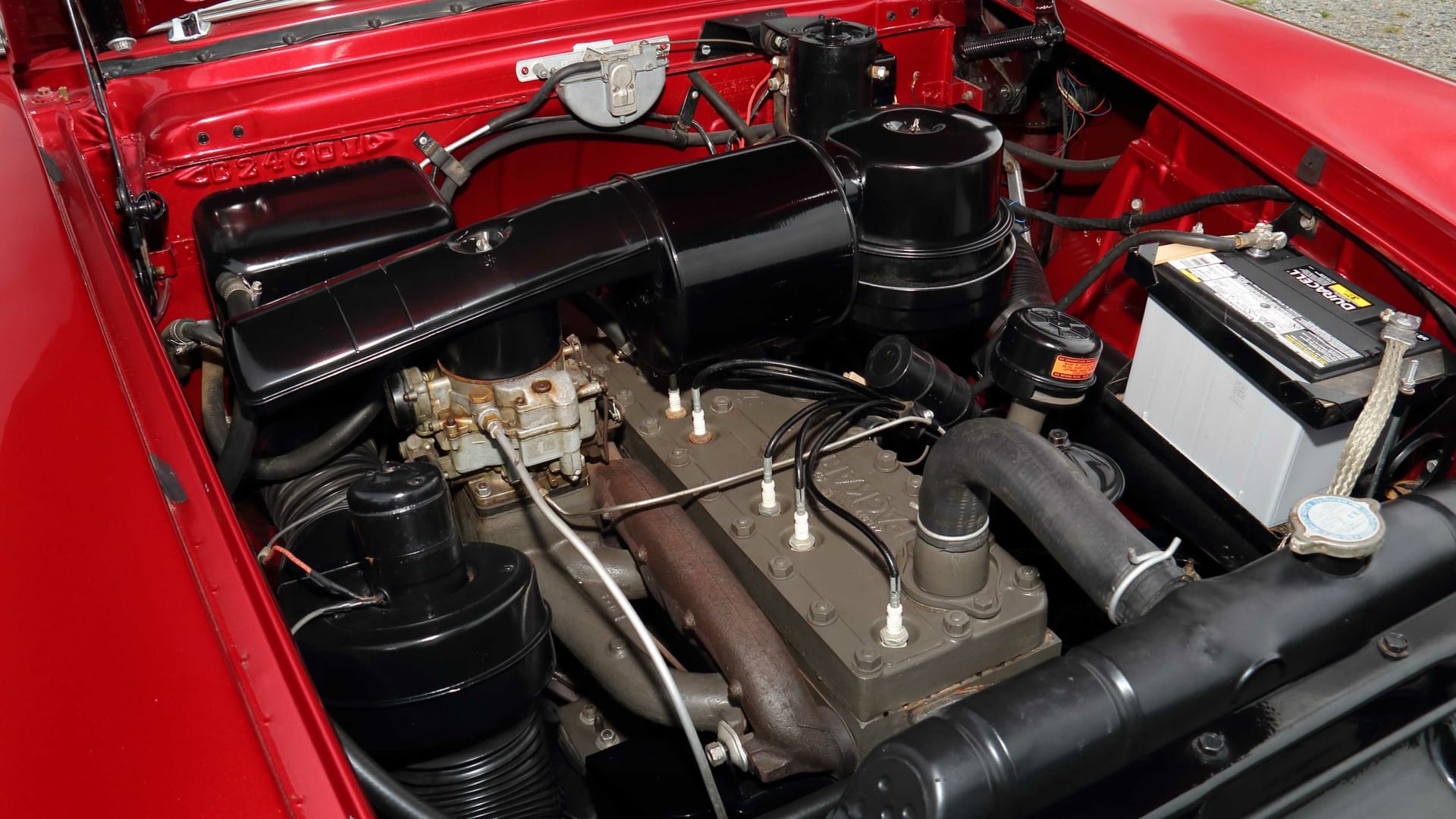The 1970 Dodge Challenger "Black Ghost," one of the most anticipated classic cars auctioned off in 2023, just went under the hammer for $975,000. That's $1.07 million, including buyer premium, a record for 1970 Dodge Challengers of the coupe variety.

The auction kicked off with a $500,000 bid, and the price jumped over the $800K mark in just a few seconds. It then sat for a good while at $950,000 before the seller took off the reserve. One final bid bumped the sticker to $975,000, sending the infamous "Black Ghost" to its first new home since the original owner bought it in 1969.
So what makes this Challenger so special that it almost entered the million-dollar club? Well, for starters, it's an unrestored survivor that still rocks a numbers-matching engine. And it's not just any Mopar mill but the iconic 426-cubic-inch (7.0-liter) HEMI.

Moreover, the owner also specified the optional Special Edition package, which narrows it down to one of 60 cars built like this. Furthermore, the black paint and gator top combo is unique among R/T SE models, so this muscle car is a one-of-one.
But wait, there's more. This Challenger also has a spectacular story to tell. You see, the Mopar belonged to a guy named Godfrey Qualls. A police officer by day, Godfrey raced the HEMI-powered Challenger at night.

The mysterious man and his menacing, all-black Challenger became known as the "Black Ghost." And the true identity of the man behind the steering wheel remained unknown for decades because Godfrey didn't share his drag-racing stories with his family until he got old and retired from the police department. The story became public thanks to his son, Gregory, who inherited the car when his dad passed away.
It's been six years since the "Black Ghost" was unveiled to the world, and Gregory decided to part ways with the car. But needless to say, it will remain one of the most iconic classic Dodge Challengers out there, and I'm pretty sure it went to a good home.

So is the 1970 "Black Ghost" the most expensive 1970 Challenger ever auctioned? The answer is no, but it's only superseded by a couple of R/T Convertible models. And that's not surprising since Dodge sold only nine drop-tops in 1970.

However, the "Black Ghost" is the most expensive first-generation Challenger coupe ever auctioned, regardless of model year. It's followed by a 1971 HEMI sold for $704,000 and a 1970 HEMI with a sunroof auctioned off for $660,000.















